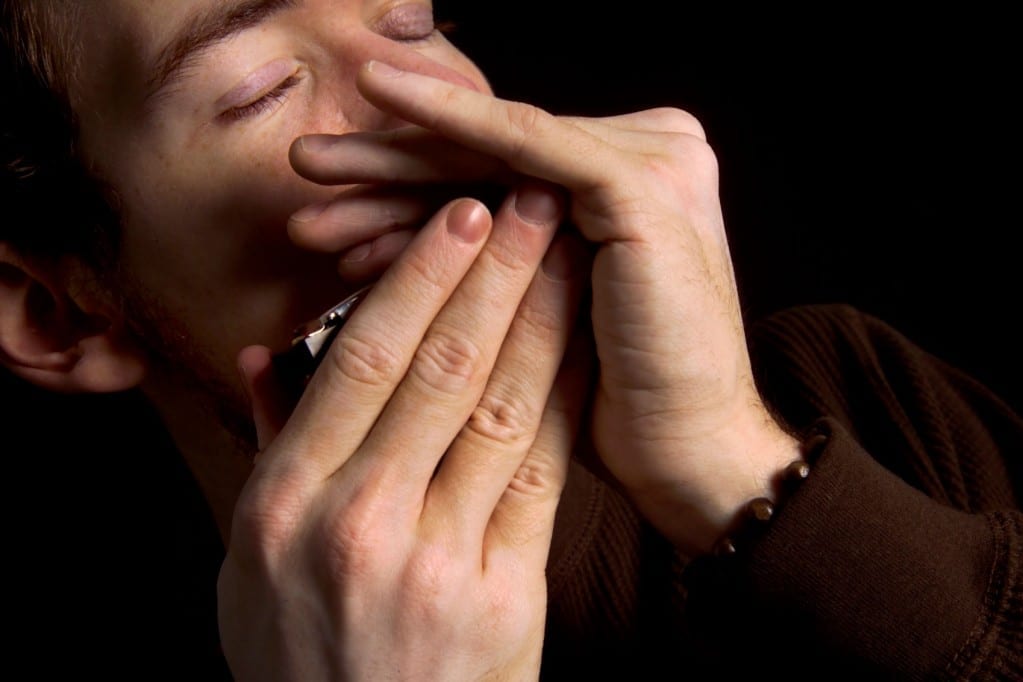
“When I was a kid in Puerto Rico, I saw an infomercial about a book and harmonica you could buy, so I ordered it,” says the assistant professor and clinician. In 1992, as a medical student, Figueroa and then-assistant professor and bluesman, Scott Sutherland, attended an open blues jam where Sutherland put his student on stage.
“I was so nervous, I faced the drummer the whole time,” Figueroa recalls. “I didn’t play in front of an audience again until 2002.”
But he continued to practice. Even though he can’t read music, Figueroa has since performed with blues musicians and the band at his church. He owns 12 harmonicas, one for each musical key. His tips:
- Get started with a good book and CD course. He recommends materials offered by, appropriately, David Harp.
- Create clean notes by blowing through the harmonica and drawing air back in.
- As your technique develops, learn licks, or patterns, that you can use and modify to let you improvise.
- To get a blues sound, play in second or crossed position, in which the harmonica key is four above the song’s key. For example, if the song key is A, use a D harmonica. You’ll have more notes to play across the melody.
- To really get that blues wail, work on “bending” notes, a technique used to change a note’s pitch and get more sound out of each hole. Use your tongue, embouchure and lungs to vary the angle, direction and intensity of the air through the instrument.
“I used to think it wasn’t too hard to play the harmonica,” Figueroa says, “but I think about it differently now.”
Photo © istockphoto/Diane Diederich
 |
|
|
| |
|
|
| |
|
|
| |
|
|
| |
|
|
| |
|
|
| |
|
|

